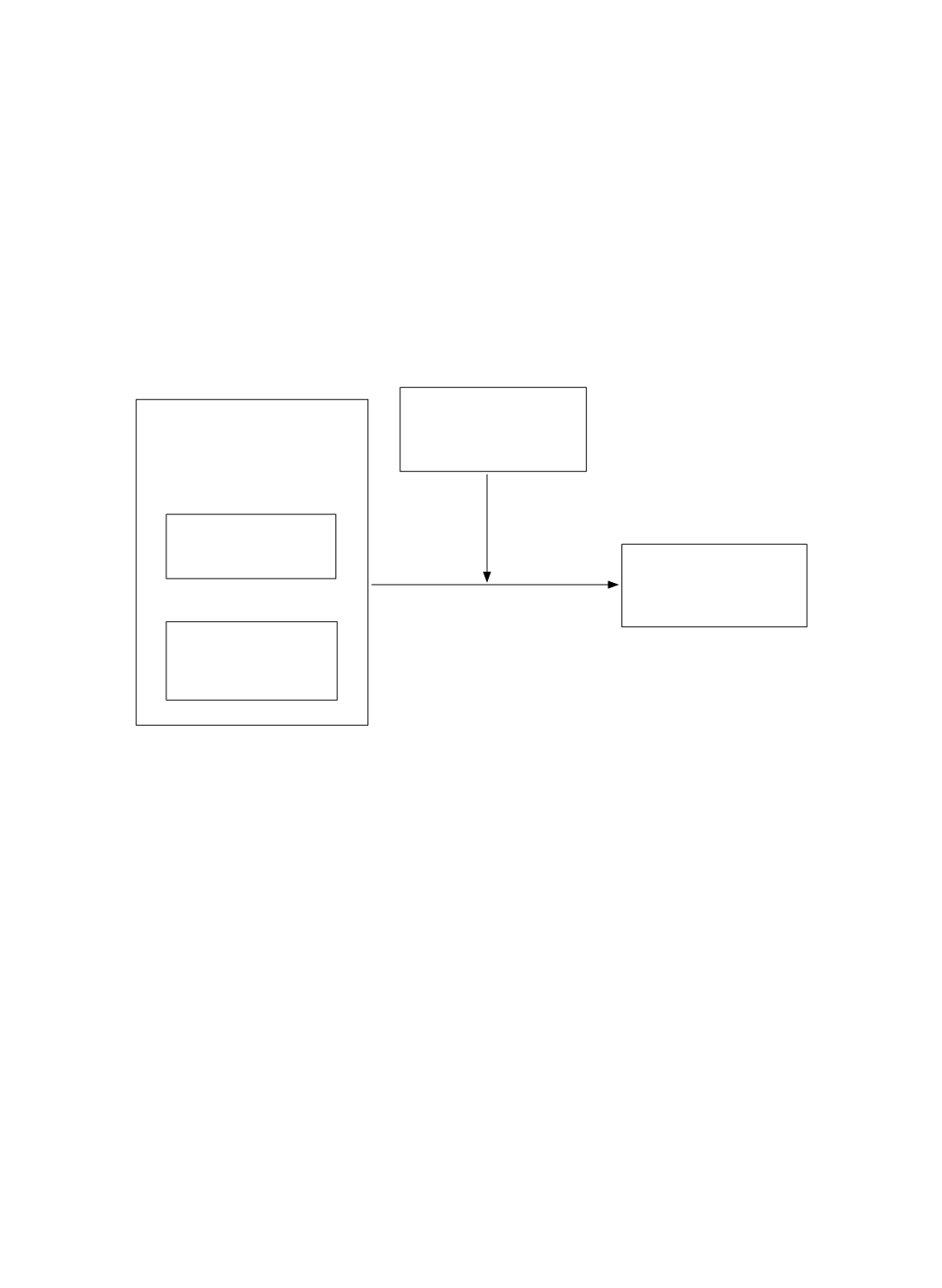

產品受歡迎資訊與網路購物:以消費者解讀為干擾變數
150
incongruence when the narrow-appeal product has a higher sales volume than the broad-
appeal product. The moderator was inferences, which could be a product-related inference
based on quality evaluation or social-related inference based on social comparison. The
relationship among each variable is illustrated in Figure 1. The independent variable and
moderator were between-subjects; thus, there were four conditions in total (a 2*2 factorial
design).
Inferences
(Quality Evaluation vs.
Social Comparison)
Congruency of Popularity
information (Congruence vs.
Incongruence)
Sales Volume
(High vs. Low)
Breadth of Appeal
(Broad-Appeal vs.
Narrow-Appeal)
Purchase Decision
Figure 1 Research Model
3.2 Stimulus Materials
The products used for this experiment were selected based on the following criterion:
low-cost, frequently purchased, and prevalently sold online, such that most of the potential
participants have at least some experiences with them (Grunert and Ramus, 2005).
Following this reasoning, we chose the product category of food, including cookies,
drinks and chips as the products to be purchased by the participants in the experiment. The
broad-appeal and narrow-appeal alternatives for each product were first selected, and then
a norming test was conducted to ensure that the breadth of appeal for each product was
appropriately identified. In total, 50 volunteers participated in the norming test and were
asked to purchase a product out of two alternatives. The results showed that 92% of the
participants chose chocolate cookie vs. 8%, cinnamon cookie; 66%, green tea vs. 34%,
Chinese herbal tea; 78%, BBQ-flavored chips vs. 22%, vegetable-flavored chips. Given


















